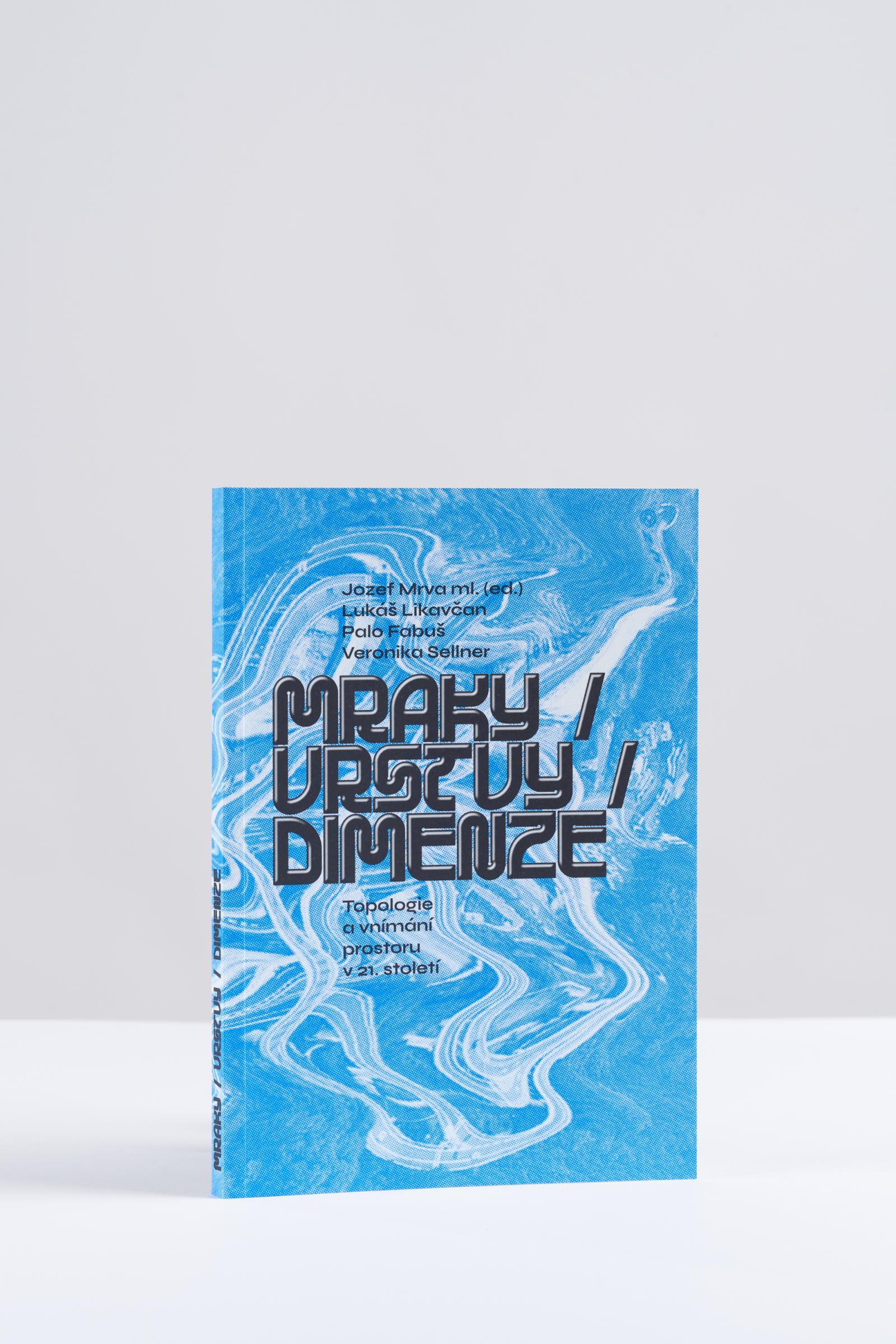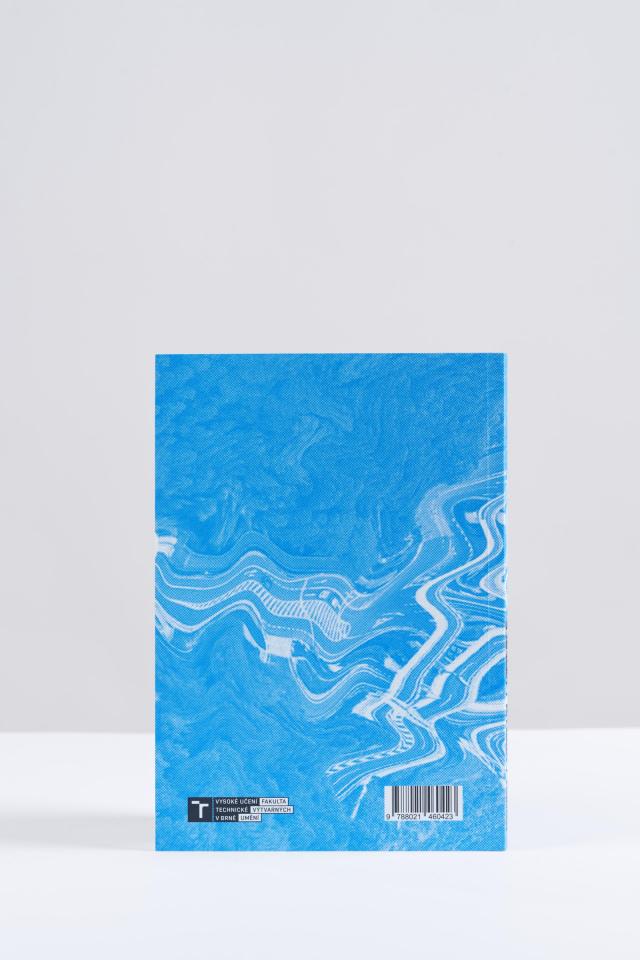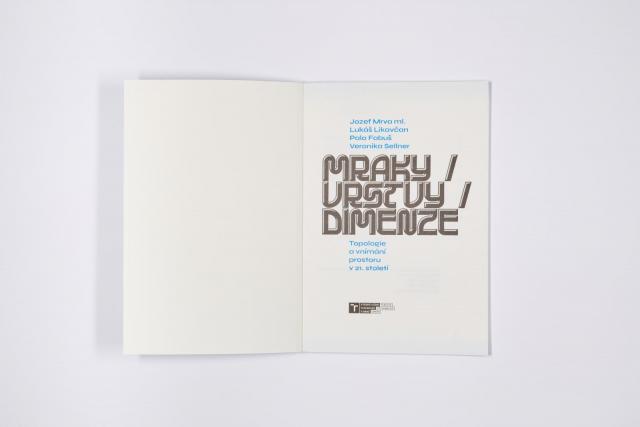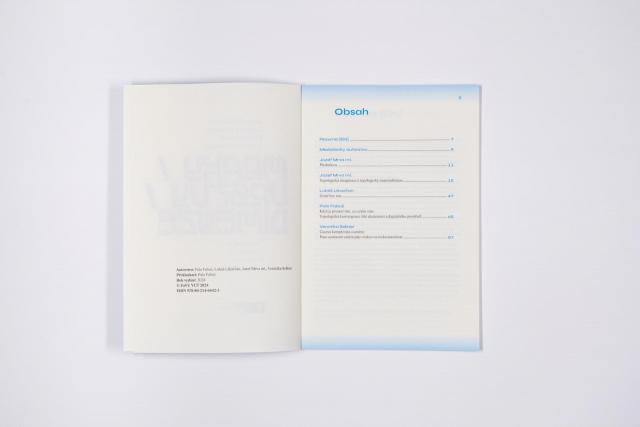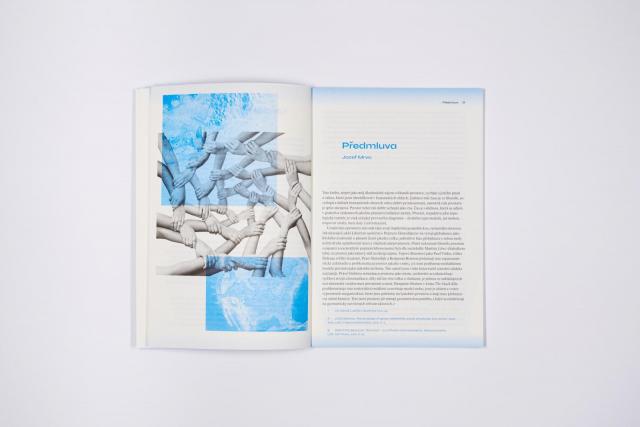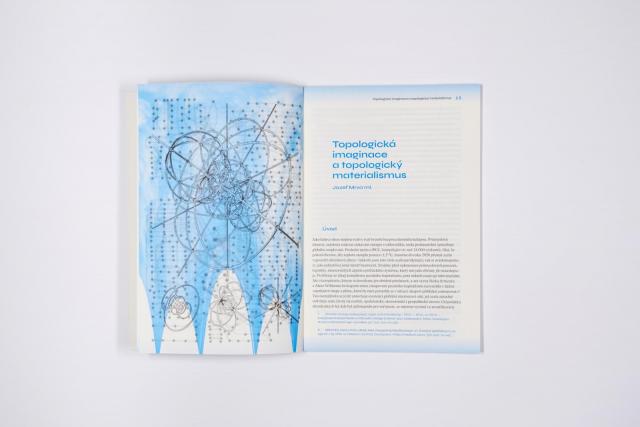Mraky / Vrstvy / Dimenze: Topologie a vnímání prostoru v 21. století [Clouds / Layers / Dimensions: Topology and Perception of Space in the 21st Century]
The book Clouds / Layers / Dimensions explores contemporary perspectives on space in philosophy, media studies, and art theory, addressing the need to clarify how we conceptualize space in the 21st century. Through selected texts, it raises questions such as: How abstract is our thinking, and how does this abstraction make space real? What types of spaces exist, and how can they be created? How do globalization, the rise of the internet, and the ecological crisis shape our perception of space? How should we think about the planet, and what is the genealogy of this thinking in contemporary philosophy and art. The book features contributions by Palo Fabuš, Lukáš Likavčan, Jozef Mrva Jr., and Veronika Sellner.
In Topological Materialism and Topological Imagination, Jozef Mrva Jr. explores the connections between topology and new materialist philosophy, tracing the echoes of topological thinking in contemporary philosophy. He introduces the concept of topological imagination as both a creative and analytical strategy, applying it to selected examples and examining its links to geopolitics and capitalism. Lukáš Likavčan, in A World Without Us, develops a set of loosely connected themes centered around the need for planetary thinking and a new geopolitics—one that moves beyond the neoliberal Atlantic order toward planetary survival. In the essay When Space Is What I Know About It: The Topological Convergence of Lived Experience and the Digital Environment, Palo Fabuš adopts a topological-epistemological approach, discussing the web as an interplay between objects, applied theories, and new media as cognitive-technological extensions. He examines the shifting nature of attention, arguing that both the subject and the world have become inherently topological, woven through with information technologies. Veronika Sellner, in Temporal Complexity and Art: Post-Contemporary Art as a Response to Insufficiency, traces the evolution of thought on time and space in art theory within the framework of speculative philosophy. Drawing on the concept of temporal complexity as formulated by Armen Avanessian and Suhail Malik, she analyzes Malik’s attempts to define and move beyond “contemporary art” toward the notion of post-contemporary art.
Published: 2025-02-21
Short URL: https://www.favu.vut.cz/en/publishing/f147703/d281498
Responsibility: MgA. Lenka Veselá, M.A., Ph.D.
